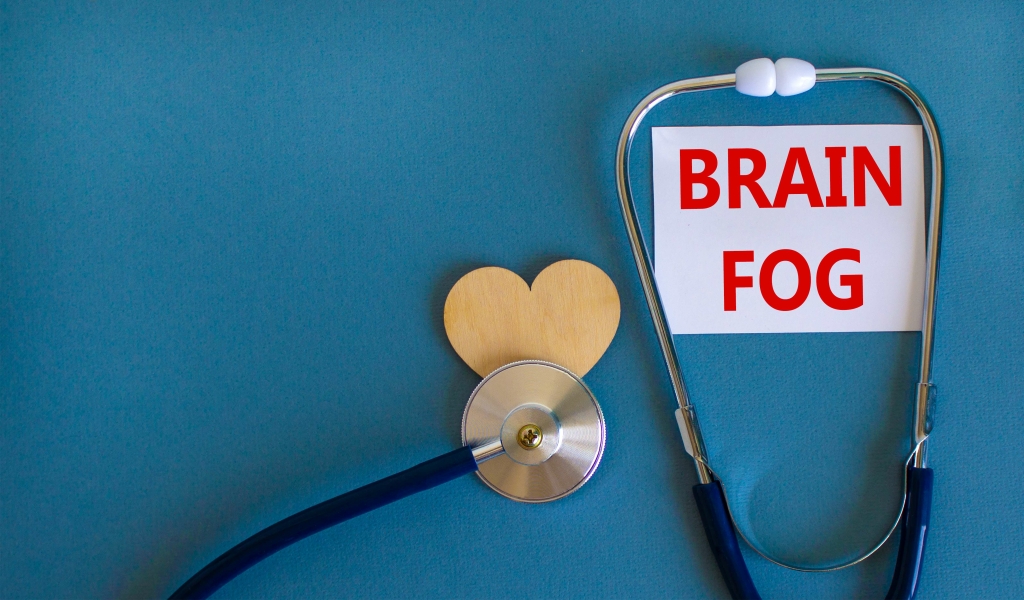By debunking myths and focusing on comprehensive management, individuals can improve their quality of life and maintain healthier skin. We are dedicated to transforming the despair of addiction and mental illness into a purposeful life of confidence, self-respect, success, and happiness. Although there is no such thing as a drinker’s nose, drinking alcohol, particularly red wine, can lead to flushing of the face. Therefore, those with rosacea should avoid alcohol since this particular side effect may https://woocommerce-1006375-5147216.cloudwaysapps.com/75-sobriety-quotes-to-celebrate-strength-progress/ be exacerbated by alcohol abuse. An alcoholic nose or a “whiskey nose” is a slang term used to describe a red nose or bumpy nose considered to be caused by excessive alcohol consumption. If preventative techniques don’t work and you develop this skin condition, surgery is the most common method of treatment.
- While surgery can be an effective form of treatment, the longer excess tissues have been left unmanaged, the more permanent they will become.
- Redness from rosacea can be managed; a dermatologist may prescribe topical antibiotics, retinoids, or azelaic acid.
- A large, bulbous and red-coloured nose is a well-known sign of drinking too much alcohol over many years.
- Individuals with rhinophyma are at risk for skin cancer within the affected tissue.
PTSI vs PTSD: Urgent Warning Signs You Must Know

These include liver damage, heart disease, cancer, mental health issues, and organ damage. No, your nose does not get bigger directly from drinking, but alcohol consumption can worsen the symptoms of rosacea and rhinophyma, which can lead to a more pronounced and swollen nose. By looking at it from this perspective, someone with agitated rosacea or rhinophyma will have a visible agitation of their skin. Thus, somebody who is an alcoholic and rhinophyma may have a redder and more bulbous nose than their red, and bulbous nose usually is.

Alcohol Sensitivity and Alcohol Use Disorder
Although an alcoholic nose has drug addiction long been linked to heavy drinking, it is actually a skin disorder known as rhinophyma. While alcohol can worsen symptoms, the condition itself is primarily caused by rosacea. With that being said, if you have either of these skin conditions, your symptoms may be worsened if you consume alcohol.
Side Effects Of Alcohol Abuse In People With Rhinophyma
While alcohol can trigger or worsen rosacea symptoms in susceptible people, it does not cause the underlying condition. Although the actual cause of rhinophyma remains unknown, we know that it’s an extreme form of rosacea, a condition that causes the skin to experience chronic inflammation. As one of the worst types of rosacea, rhinophyma gradually develops over the years, eventually resulting in the red, bumpy, and inflamed appearance that alcoholic nose is known for. Rhinophyma is an advanced stage of rosacea, a chronic inflammatory skin condition that can develop regardless of a person’s drinking habits. The condition typically develops gradually over several years, causing the skin on and around the nose to thicken and develop a rough, spongy texture with prominent pores. It is a type of rosacea, a skin disorder that causes redness, inflammation, and small, pus-filled bumps typically concentrated in the cheeks, alcoholic nose nose, and chin.
- The Reframe app equips you with the knowledge and skills you need to not only survive drinking less, but to thrive while you navigate the journey.
- Alcoholism can lead to more severe cases where the bulbous tip of the nose may appear purple and become disfigured due to increased blood vessel ruptures.
- While misconceptions persist that alcohol consumption is the direct cause of rhinophyma, research indicates that alcohol may exacerbate the condition rather than initiate it.
- Many people with rhinophyma report feeling self-conscious about their appearance and may avoid social situations, work environments, or other activities they previously enjoyed.
